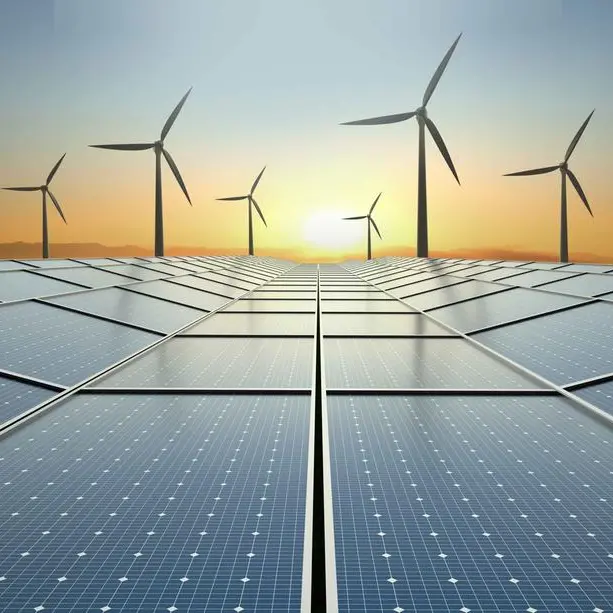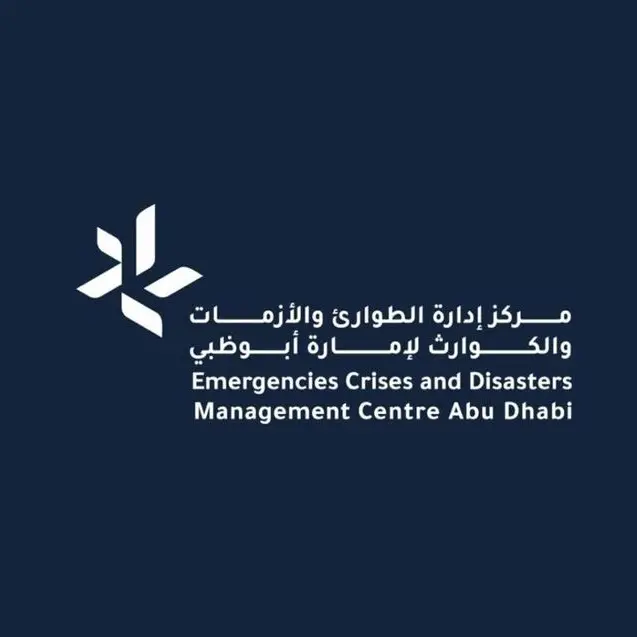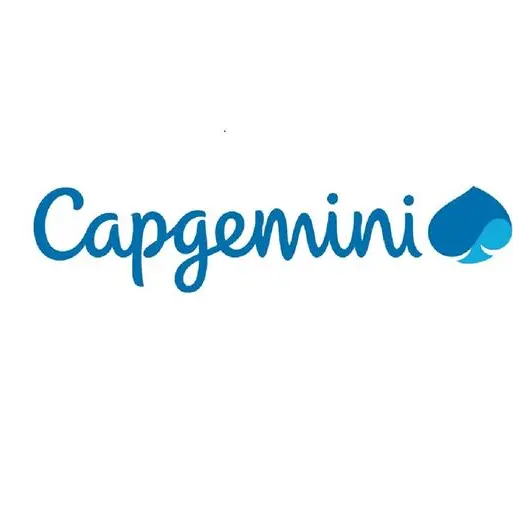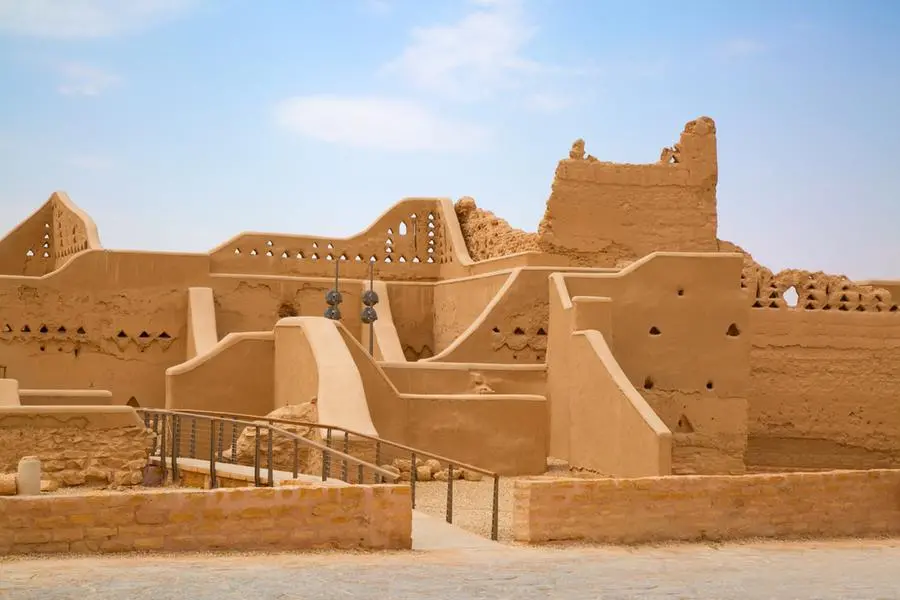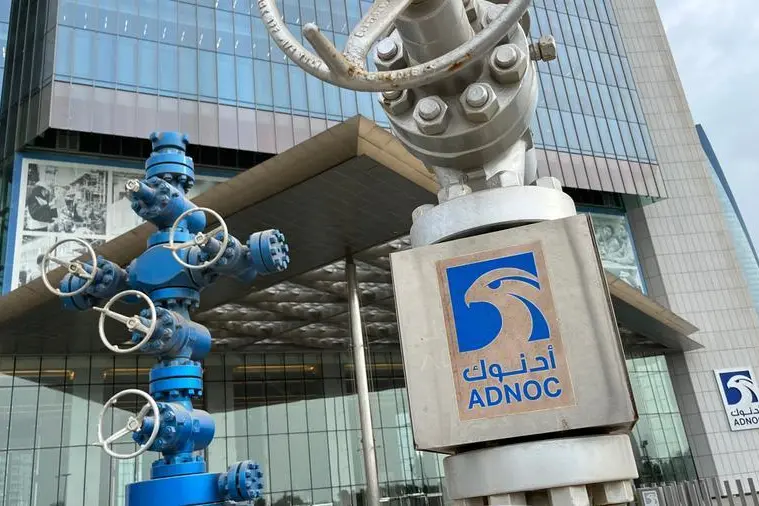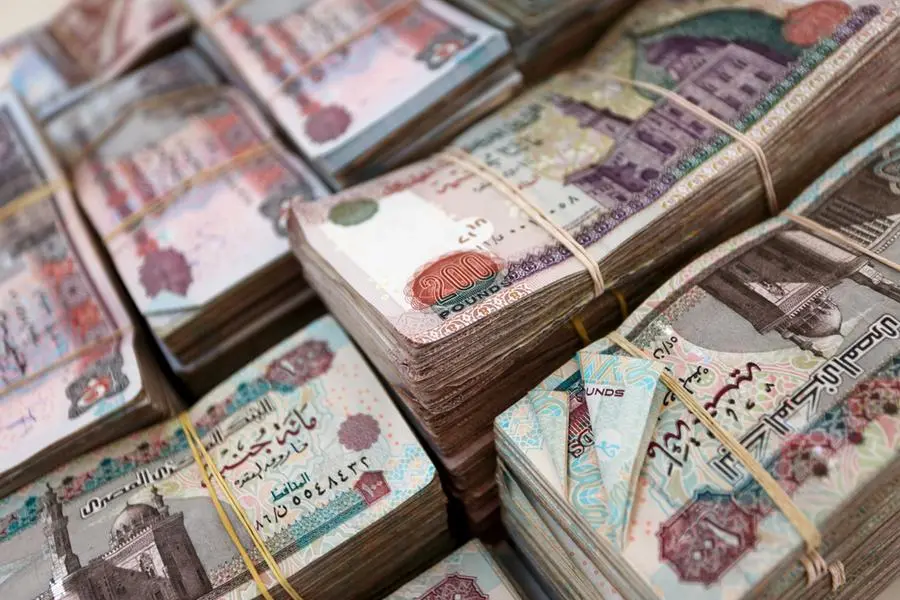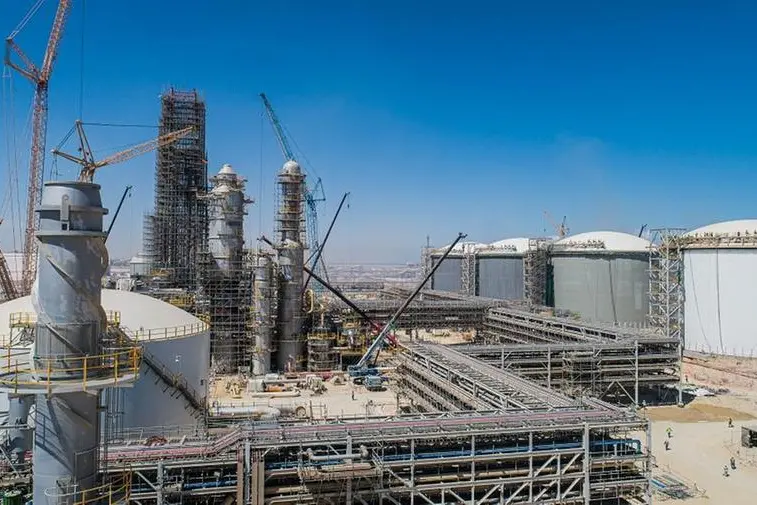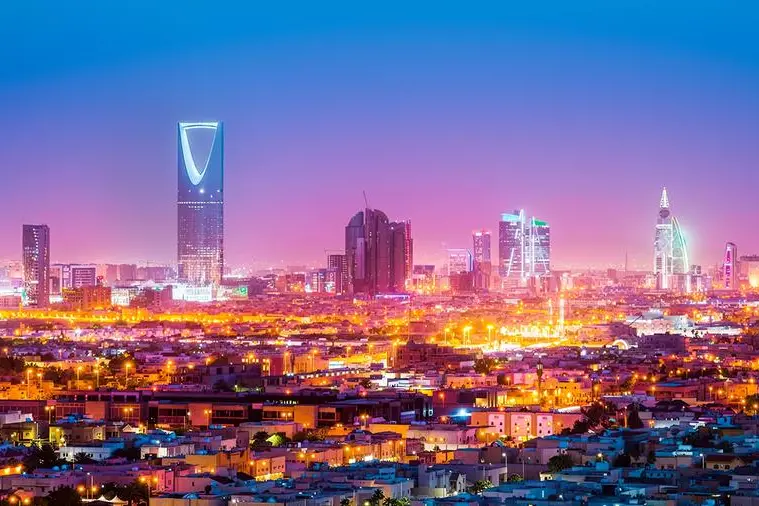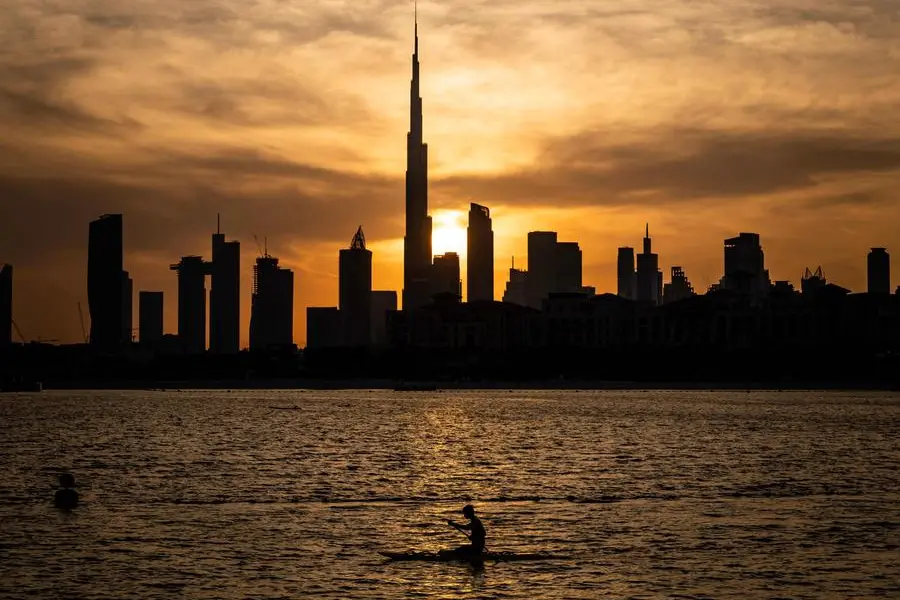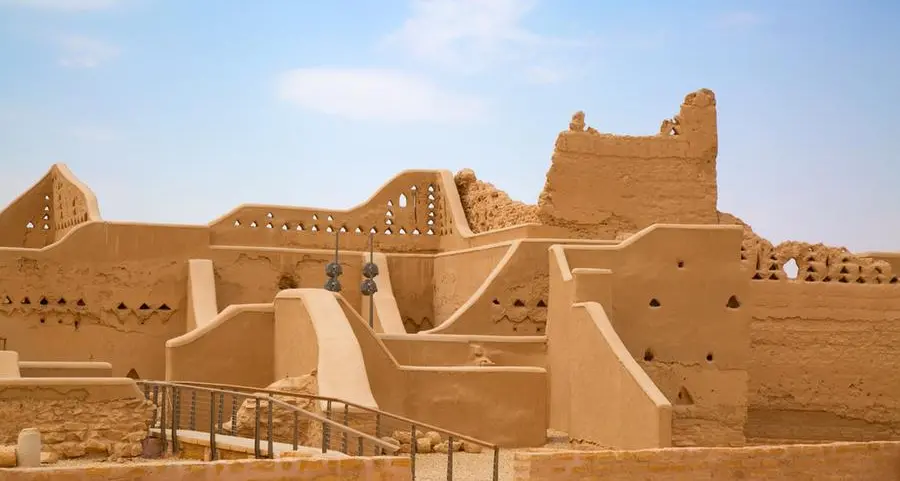PHOTO
Dubai, UAE – According to the latest UAE Industrial Market 2024 report by Cushman & Wakefield Core, both Dubai and Abu Dhabi are seeing significant industrial development, with rental rates rising and strong demand seen in key hubs such as Dubai South, Jebel Ali Free Zone (JAFZA), and Abu Dhabi’s KEZAD Al Ma’Mourah.
The report highlights that Dubai’s warehousing and industrial rental rates have increased by 13% year-on-year, underpinned by strong demand. Areas like DIP and Dubai Industrial City witnessed the highest rental increases of 25% and 21%, respectively. Abu Dhabi’s market has also seen a steady yet moderate rise in rental rates, particularly in areas such as Mussafah and ICAD, averaging a 5% increase year-on-year across the city.
Demand continues to outpace supply
There has been a significant imbalance between demand and supply as demand for warehousing and industrial facilities have consistently outstripped available supply, leading to a steady absorption rate and driving up rental rates. Various factors, including the growth of e-commerce and logistics sectors, the expansion of oil and gas companies, and the entry of new companies into the market have fueled demand.
Strong Investor Interest
Prathyusha Gurrapu, Head of Research and Consultancy at Cushman & Wakefield Core commented “The potential for strong returns and the opportunity to meet the increasing demand for high-quality warehousing and industrial spaces are key factors attracting institutional investors and non-industrial developers to the industrial sector. As warehousing and industrial assets continue to offer attractive yields and stable demand, more developers and investors are recognising the value in diversifying their portfolios to include warehousing and industrial facilities.
Technological and Sustainable Growth
The UAE’s vision for becoming a leader in smart cities is transforming its industrial landscape. Warehousing and logistics centers are increasingly incorporating cutting-edge technologies like automation, AI, and IoT for enhanced operational efficiency. The demand for sustainable, energy-efficient facilities is also growing. Green buildings and eco-friendly warehousing solutions are aligning with the UAE’s broader goals of reducing carbon footprints and promoting sustainable development.
Key Developments Shaping the Market in 2024
- Aldar’s AED 1 Billion Investment in Dubai and Abu Dhabi Logistics:
Aldar Properties is set to deliver 1.55 million sq. ft. of logistics space in DP World’s National Industries Park (NIP), as part of its broader AED 1 billion ($272 million) investment in logistics real estate. This new development will cater to both single and multi-tenant needs, offering flexible modular units to meet the rising demand for warehousing and industrial space. - Dubai Industrial City Expansion:
A major 13.9 million sq. ft. expansion is underway in Dubai Industrial City, driven by the UAE’s strategic industrial initiatives, including Operation 300bn and Dubai Economic Agenda D33. This expansion underscores the city’s commitment to fostering industrial innovation, with significant attention on the manufacturing sector. - KEZAD Group’s Expansion in Abu Dhabi:
Abu Dhabi’s industrial market is benefiting from the expansion of KEZAD Group, particularly in KEZAD Al Ma’Mourah, with multiple new warehousing developments set to be handed over by 2025. These expansions are set to alleviate some of the supply pressures in the market and are witnessing strong pre-leasing activity.
Sector-Specific Demand in 2024
- Logistics and Supply Chain: Representing 40% of the demand in Dubai and 20% in Abu Dhabi, supply chain and logistics remain the dominant driver of industrial real estate activity, fuelled by the expansion of e-commerce and the region’s strategic location as a global logistics hub.
- Manufacturing: SME manufacturers and large-scale industries, accounting for 20% of the demand in Dubai and 15% in Abu Dhabi, are actively seeking modern industrial facilities that can support advanced manufacturing operations.
- Oil & Gas: Accounting for 20% of demand in Abu Dhabi, the oil and gas sector remains a strong sector for warehousing and industrial demand in the capital.
- Sizes: In terms of size, the most sought-after spaces are between 5,000 to 15,000 sq. ft., with frequent demand for warehouses around 30,000 sq. ft. The largest spaces observed in demand reach up to 200,000 sq. ft.
Prathyusha concludes “The UAE’s industrial and warehousing market is witnessing a transformative phase, with the convergence of technology, sustainability, and strategic expansion reshaping the landscape. As demand continues to outstrip supply, particularly for Grade A facilities, we anticipate sustained rental growth and heightened investor interest in the sector through 2025 and beyond. Looking ahead, we see continued growth in the UAE’s industrial market, driven by the expansion of infrastructure such as Etihad Railway and the ongoing development of Al Maktoum International Airport. These infrastructure projects will enhance connectivity and increase the demand for warehousing and logistics spaces.”
For further information or media queries, please contact:
Prathyusha Gurrapu, Director - Head of Research & Consulting, prathyusha.gurrapu@cushwake.ae
Fiona Johnston, Associate Director – Marketing, fiona.johnston@cushwake.ae
About Cushman & Wakefield
Cushman & Wakefield (NYSE: CWK) is a leading global commercial real estate services firm for property owners and occupiers with approximately 52,000 employees in approximately 400 offices and 60 countries. In 2022, the firm reported revenue of $10.1 billion across its core services of property, facilities and project management, leasing, capital markets, and valuation and other services. It also receives numerous industry and business accolades for its award-winning culture and commitment to Diversity, Equity and Inclusion (DEI), Environmental, Social and Governance (ESG) and more.





